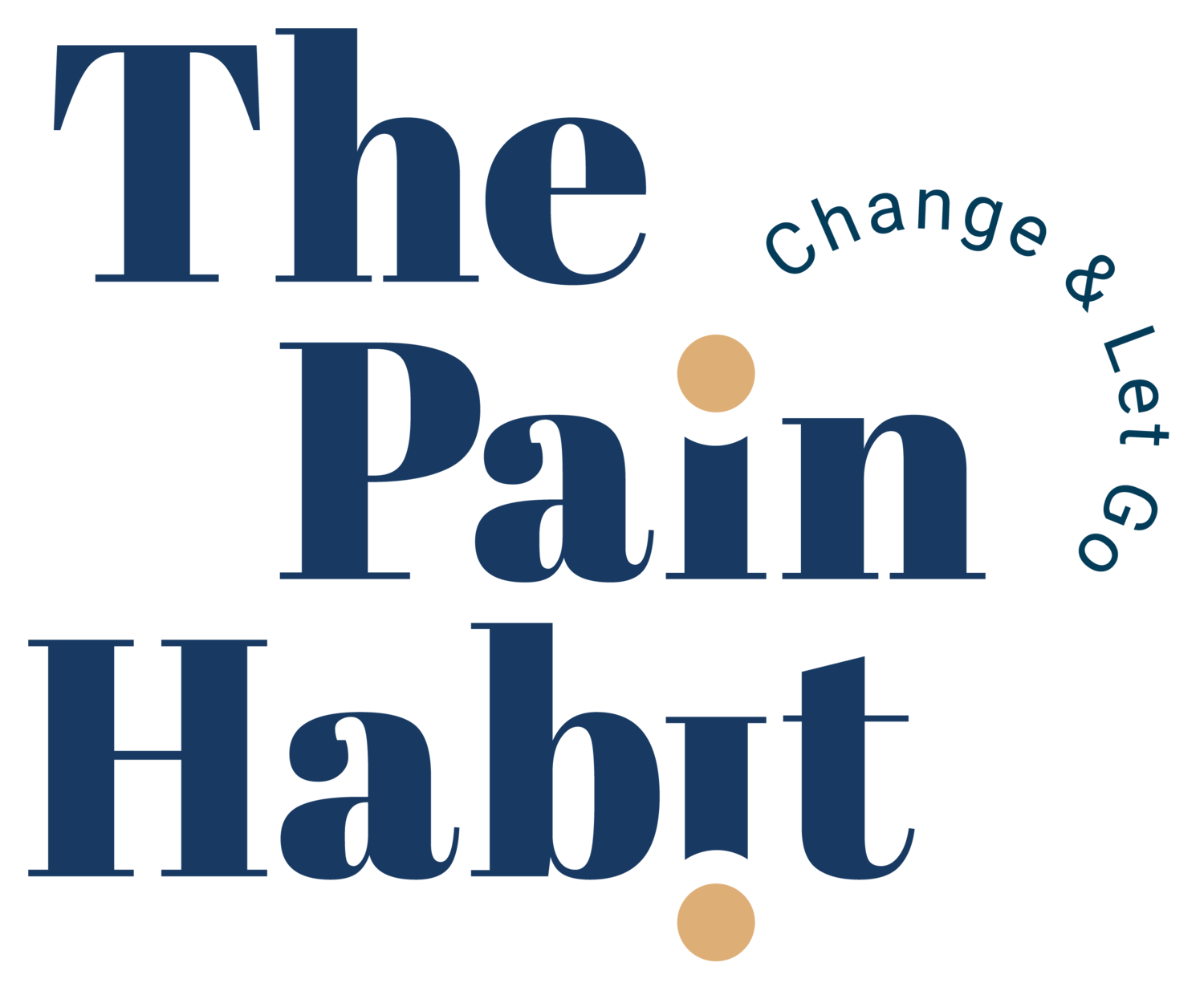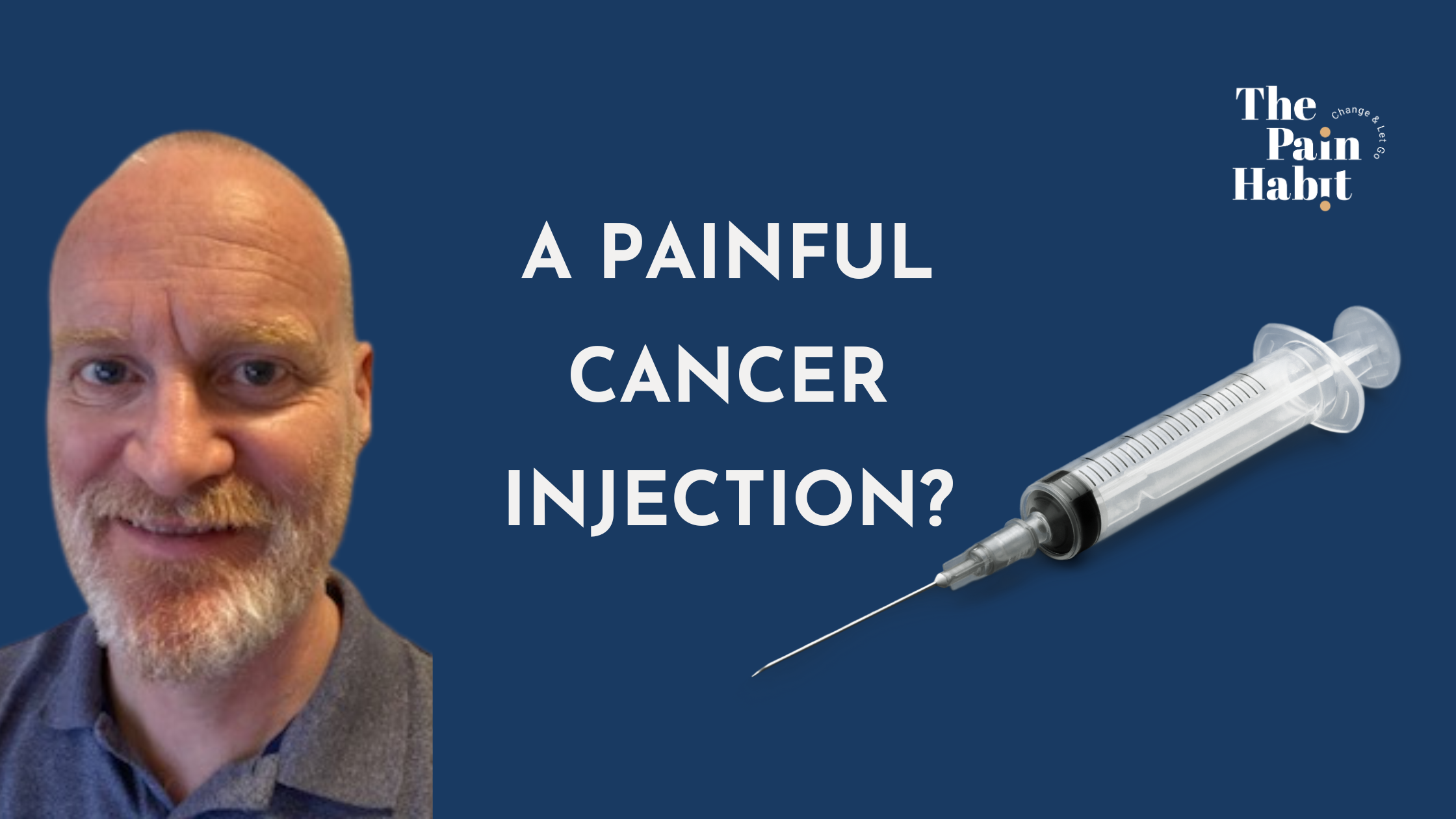A Painful Cancer Injection
A Cancer Injection
When someone receives an injection for cancer treatment, and someone close to them observes that, where is the pain of that moment?
Is the pain in the person with the pain-defining problem or the person observing them?
Well, it’s in both.
The degree to which either experiences pain relates not only to the physical procedures they receive or observe but more to the emotions they feel before, during and after those experiences.
The reality revealed to them is dependent on anticipation, perception and reflection.
Instinctually Painful
The actuality of receiving an infusion or observing one given to a loved one on a chemotherapy ward is instinctually painful.
If you have ever witnessed or thought about similar moments, then it is easy to understand those feelings as a human being.
The origin of both pains, be they physical or emotional, is the brain of either person.
Physical pain may arise through the interpretation of the stimulus of the injection.
The side effects it may bring, and possibly by the association of the other very ill-looking people in the immediate surroundings of a chemotherapy ward whilst that injection is being administered, also have a powerful influence over the pain from it.
The pain of a primarily emotional basis in the observer of such an experience has similarly associated cues, but they are not receiving that injection.
A Robust Indicator
Whether or not an individual receives the injection, its associated cues are a more robust indicator of any pain and how it is felt by both the receiver and a carer observing it.
A paper by Kross highlighted the overlap with the physical and emotional processing of pain in the brain.
Understanding both routes into pain and the invisible influences over it may help people understand that although everyone’s experience of pain is authentic and valid, it does not need physical or structural damage at its source for it to be originated and maintained.
The effects of this observed and felt injection pass quite quickly, and within a few weeks or months, the unpleasant side effects resolve in the fortunate.
If the emotional charge of those moments remains, then the potential for the pain to stay and the risk of persistent pain from such a period in either person is real.
Each has to reflect on the moment and anticipate it happening again.
Worthy Of Reflection
And that event is worthy of reflection.
They must understand and process the meaning, with both psychological and physiological effects metabolised, to return each to a state of balance.
So if the reflection involves healthy mechanisms for resolving the emotional charges that primitively dovetail such events, then ongoing pain is unlikely.
Recovery from acute and chronic painful physical or emotional situations only happens with acceptance, acknowledgement and commitment, which appears and allows us to move through the experience once instinct has played its role.
Default Unlearned Reactions
To continue fighting, fearing, freezing or fawning on recall of the painful moment means that default unlearned reactions, although helpful initially, can become the billow that fans the flames of a chronic sense of anxiety or pain.
These remain the quickest mechanism we have to handle pain but never provide the lasting relief they seduce us into believing they offer.
The ability to rest, digest, breed and feed points to the spectrum of activities offered by calming serotonin and oxytocin. Entering this state allows us to recover in simple, intuitive steps.
It is sometimes harder to access alone, but fortunately comes through the connection, care, kindness and love from those around us who willingly provide it.
Opening Up Graciously
When we open ourselves up to accept that care graciously, it does what it is inevitably designed to do.
It creates an effortless inner sense of calm irrespective of what happened physically or emotionally in the past or what was feared in the future.
And the pain from that moment disappears in the presence that reappears.
No matter where pain appears and its entry point to consciousness, consciously becoming aware of how to recover from it in healthy ways means persistent pain could one day become a thing of the past.
A Paradoxical Relationship With Pain
Both the receiver and observer can recover and may help each other do the same.
One feels physical pain due to past and future emotions and fears of the present moment.
The other in emotional pain struggles to express those feelings physically.
Could one find the place in their body where that emotion is physically felt and sit with that feeling?
Could the other notice the emotion attached to the physical pain and demonstrate calmness in the presence of that stimulus?
Potential To learn From Others
Each has the potential to show the other the way out of their pain, and perhaps that's what brought them together on day one.
And to journey together beyond their pain brings an opportunity to their lives for proper resolution from a painful past and things they may not have ever come to process alone.
Moving towards that place must come with passing through pain and, ironically, would have never been possible without it, but it is a far more beautiful journey because of it.
Kross, E., Berman, M. G., Mischel, W., Smith, E. E., & Wager, T. D. (2011). Social rejection shares somatosensory representations with physical pain. Proceedings of the National Academy of Sciences, 108(15), 6270-6275. https://doi.org/10.1073/pnas.1102693108
What’s next?
Take Your First Step to Recovery.
Join our FREE private Facebook group, The Pain Habit Community, to see how others have successfully returned to a pain-free life. Get support on your journey.
Sign up for The Pain Habit Blog below.
Subscribe to The Pain Habit YouTube channel.
Buy The Pain Habit book. Order here.



